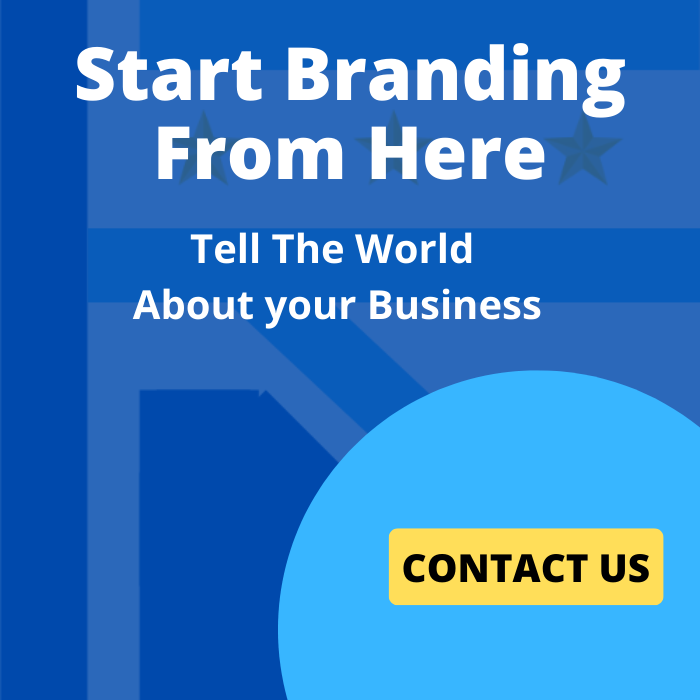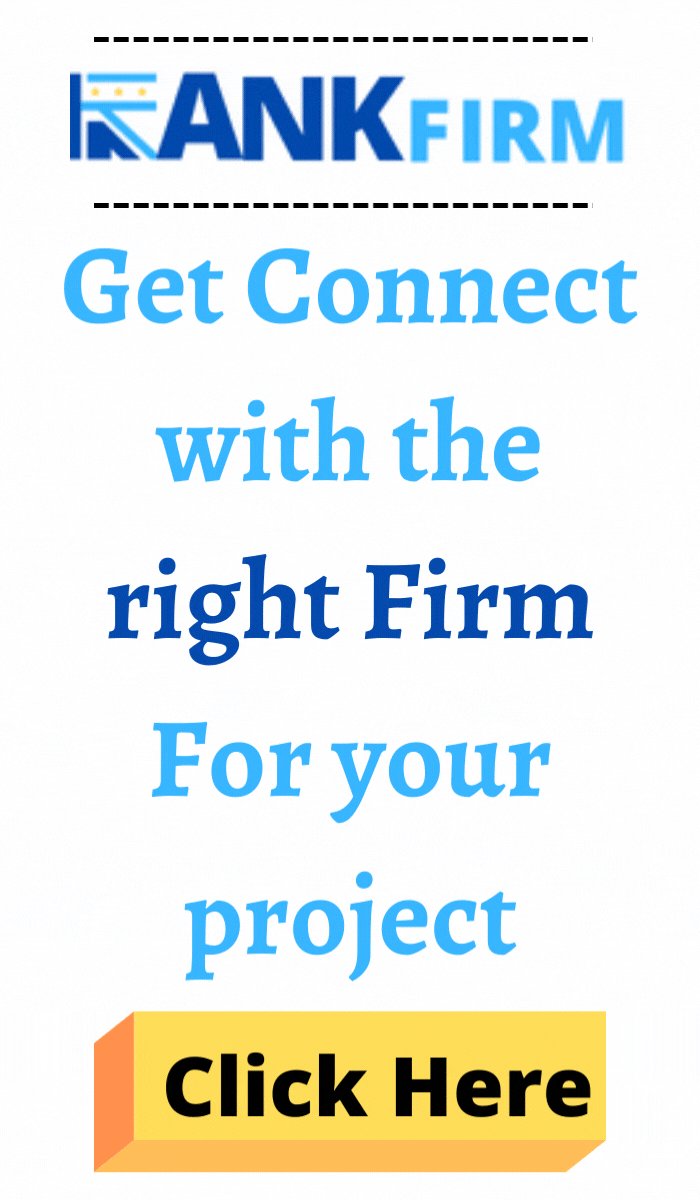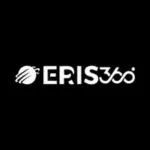
Top Automotive Web Design Companies
Finding the right web design company is crucial for any automotive business looking to drive traffic, capture leads, and boost sales online. Our curated list of top automotive web design companies helps you compare expert agencies based on reviews, industry experience, portfolio quality, and customer satisfaction. Whether you’re a car dealership, auto repair shop, or automotive service provider, these agencies specialize in building high-performance, mobile-friendly websites with features like inventory integration, booking systems, and SEO. Explore our top picks to find the perfect partner who understands your business needs and can accelerate your online success.
List of the Best Automotive Web Design Agencies | Top Automotive Web Design Companies in the World

-
Employees: 11 to 50
-
Min. Project amount: $10,000
-
Country: NY, USA
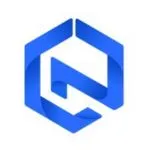
Cyber Nest
-
Employees: 11 to 50
-
Min. Project amount: $25-$49/hr
-
Country: NY, United States
-
Employees: 101 to 250
-
Min. Project amount: $10000
-
Country: Karnataka, India
-
Employees: 11 to 50
-
Min. Project amount: $1,000+
-
Country: Singapore

Telepathy Infotech
-
Employees: 51 to 100
-
Min. Project amount: $5,000+
-
Country: Casper, WY

Onex Software
-
Employees: 11 to 50
-
Min. Project amount: $10,000+
-
Country: İzmir, Türkiye
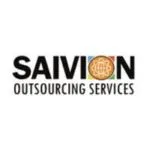
Saivion India
-
Employees: 11 to 50
-
Min. Project amount: $1,000+
-
Country: New Delhi, INDIA

SAT Microsystems
-
Employees: 251 to 500
-
Min. Project amount: $250,000+
-
Country: Jeddah, Saudi Arabia

Elite M Commerce
-
Employees: 101-250
-
Min. Project amount: Undisclosed
-
Country: NJ, United States
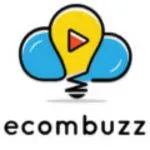
Ecom Buzz
-
Employees: 0 to 10
-
Min. Project amount: $1,000+
-
Country: Kolkata, India
1.What should I look for in an automotive web design company?
1. Industry Experience in Automotive
Choose a web design company that understands the automotive sector—whether it’s dealerships, rentals, repair shops, or car parts suppliers. Agencies with proven automotive experience will better understand customer behaviors, compliance needs, and digital trends specific to this niche.
2. Strong Portfolio & Case Studies
Review their previous work to see the quality of their designs. Look for automotive-specific websites they’ve built and examine if they reflect professionalism, easy navigation, and branding consistency. Case studies with measurable results (like traffic increases or lead generation) are a big plus.
3. Mobile-Responsive Design
Most users will access your site via smartphones or tablets. Ensure the company designs mobile-friendly websites that adapt seamlessly to all screen sizes, offering a smooth user experience that improves engagement and reduces bounce rates.
4. SEO and Local Search Optimization
Your web design partner should have expertise in on-page SEO and local SEO, especially important for dealerships or service centers targeting regional customers. This includes keyword optimization, schema markup for vehicles, fast-loading pages, and Google Business Profile integration.
5. Advanced Features for Automotive Businesses
Modern automotive websites need more than great looks. Look for companies that offer:
Inventory management systems with filters, search, and real-time updates.
Online appointment booking for test drives, service, or consultations.
Finance and loan calculators, trade-in evaluation tools.
CRM integration for lead capture and follow-up.
6. User Experience (UX) & Conversion Optimization
It’s not just about design—it’s about results. Agencies should focus on UX principles that guide visitors to take action, whether it’s scheduling a test drive, making a service request, or contacting sales.
7. Ongoing Support & Scalability
Check if the company offers post-launch support, updates, and the ability to scale your website as your business grows. A future-proof platform ensures long-term ROI.
2.How much does it cost to build an automotive website?
1. Basic Automotive Website ($3,000 – $7,000)
A simple yet professional website with 5–10 pages, mobile responsiveness, basic SEO, contact forms, and standard design elements. Suitable for small auto repair shops or used car dealers without complex inventory needs.
Includes:
Home, About, Services/Inventory, Contact
Mobile optimization
Basic on-page SEO
Simple CMS (like WordPress)
2. Mid-Range Website with Custom Features ($7,000 – $15,000)
Ideal for car dealerships or multi-location auto businesses. These sites often include custom designs, more advanced features like searchable vehicle inventory, appointment scheduling, or finance applications.
Includes:
Custom design & branding
Vehicle listings with search/filter tools
Blog or resources section
Appointment booking integrations
CRM lead capture forms
3. High-End or Enterprise-Level Automotive Website ($15,000 – $30,000+)
Designed for larger dealerships, auto brands, or platforms needing full system integration. These sites include sophisticated tools such as real-time inventory sync, API integrations, trade-in calculators, and robust analytics.
Includes:
Custom CMS or headless CMS
Inventory management system
Integration with third-party CRMs or ERP tools
Custom quote forms & financing tools
Multilingual and ADA-compliant versions
4. Additional Costs to Consider
Hosting & Maintenance: $50–$200/month
Content creation (photos, videos, copywriting): Variable
SEO & marketing: Optional but recommended.
3.Do These Agencies Offer Inventory Integration for Car Dealerships?
✅ Yes — Inventory Integration is a Key Feature
Most top automotive web design companies specialize in building websites for car dealerships and understand the importance of real-time inventory management. This is often a must-have feature and is included in mid-to-high-tier website packages.
🔄 Real-Time Inventory Sync
Agencies typically offer:
Integration with dealer management systems (DMS) like DealerSocket, vAuto, or CDK Global.
Automatic updates for vehicle listings across your website and third-party platforms.
Real-time availability and pricing updates to prevent sales conflicts.
📊 Easy Inventory Management Dashboard
Many solutions include:
A backend dashboard to add, edit, or remove vehicle listings.
Tools to upload vehicle images, specs, pricing, and status.
Search and filter functions for customers browsing by make, model, price, etc.
🔗 Third-Party Integration Support
Advanced web design companies also support integration with:
AutoTrader, Cars.com, CarGurus, etc.
Finance or trade-in calculators.
Inventory export via CSV or API feeds.
🚗 Tailored for Dealership Success
Whether you sell new, used, or certified pre-owned vehicles, a good automotive web agency ensures your inventory system is:
Mobile-friendly
Search engine optimized
User-friendly for both your staff and customers.
4.How Long Does It Take to Design and Launch an Automotive Website?
⏳ Typical Timeline: 4 to 12 Weeks
Most automotive website projects are completed within 4 to 12 weeks, depending on various factors like the site’s complexity, design requirements, and feature integrations (such as inventory systems, CRMs, etc.).
🛠️ 1. Discovery & Planning (1–2 Weeks)
Initial consultation to understand your business goals and audience.
Market research and competitor analysis.
Defining site structure, pages, and key functionality.
🎨 2. Design Phase (1–3 Weeks)
Wireframes and visual mockups are created.
Custom designs based on your branding and preferred layout.
Client feedback and revisions.
💻 3. Development Phase (2–5 Weeks)
Front-end and back-end development begins.
Integration of inventory tools, contact forms, appointment booking, etc.
Site made responsive and SEO-ready.
✅ 4. Testing & Launch (1–2 Weeks)
QA testing for responsiveness, speed, and functionality.
Final client review and last-minute tweaks.
Website launch and post-launch support.
🌀 Delays May Occur If…
Content (text, photos, vehicle listings) isn’t provided on time.
Multiple rounds of design or content revisions are needed.
Additional integrations or features are added mid-project..



